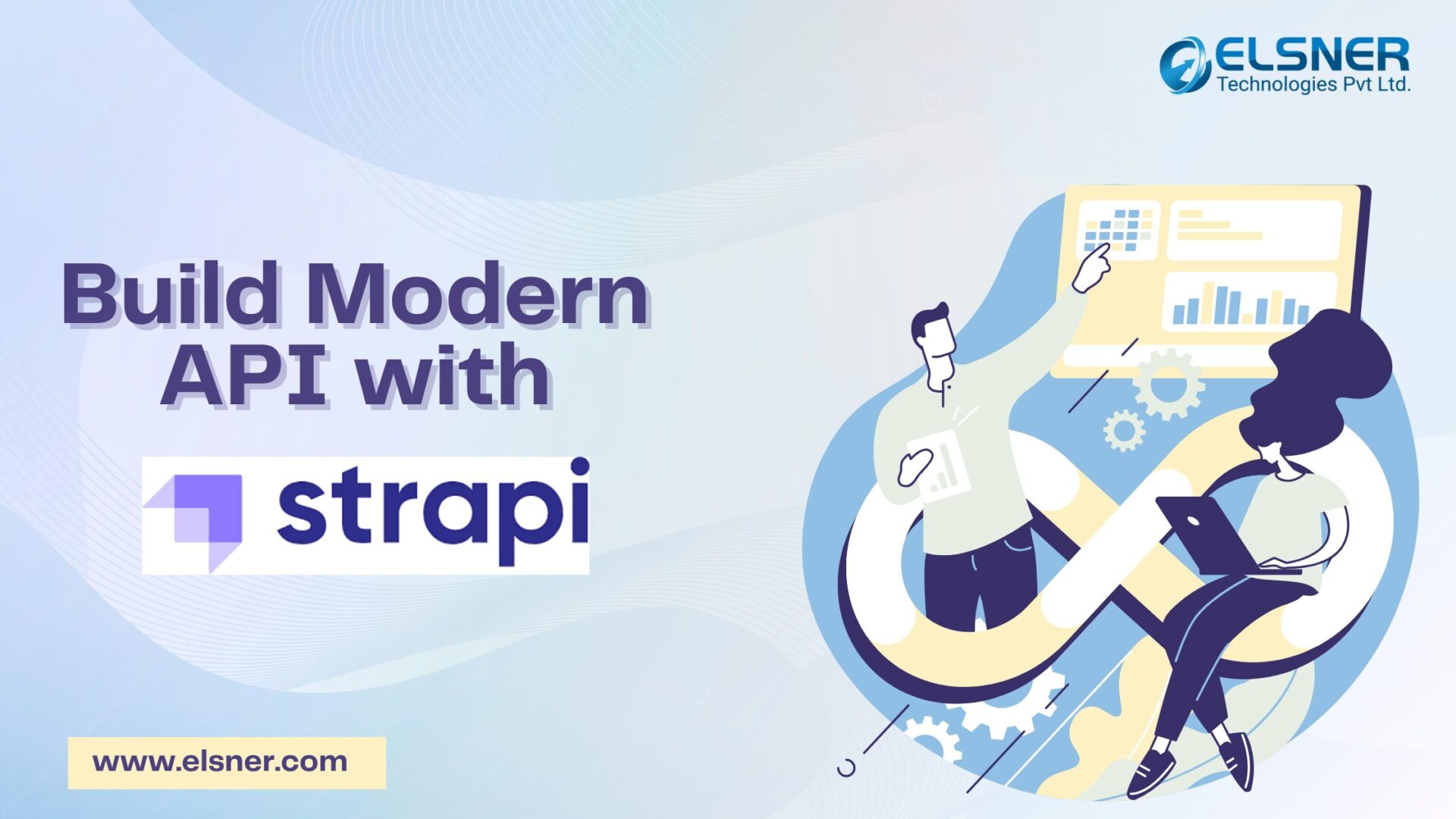- What Makes Strapi Stand Out?
- Installing Strapi Locally
- 1. Prerequisites: Node.js and npm
- 2. Generate a New Project
- Navigating the Admin Dashboard
- Modeling Content in Strapi
- Collection Types
- Single Types
- Components
- Creating a Blog-Post Content Type
- Step 1: Create a Collection Type
- Step 2: Add Essential Fields
- Step 3: Use the Content Manager
- Exposing Your Content via API
- Integrating Strapi with a Frontend (React Example)
- Performance Optimization and Best Practices
- caching API Responses
- Media Delivery via CDN
- Selective Data Fetching
- Static Site Generation (SSG)
- Limit REST Calls on Frontend
- Lazy Loading Components
- Deploying Your Strapi Project
- Option 1: Self-Host
- Option 2: Strapi Cloud or PaaS
- Option 3: Docker Deployment
- Bringing It All Together!
If you’ve ever tried building a website or app that needs a content management system but didn’t want the bloat of WordPress or the limits of off-the-shelf solutions, Strapi might be what you’re looking for. It’s a headless CMS built with Node.js that lets you design your own content structure, expose it via API, and manage it all through a clean, customizable admin panel.
In this guide, we’ll walk through how to set up Strapi on your own machine, create a blog content type, connect it to a frontend (like React), and make sure it runs fast in production.
What Makes Strapi Stand Out?
Unlike monolithic CMS platforms like WordPress, Strapi separates content storage and delivery from frontend presentation. It offers:
- API-first architecture
Ready-made REST and GraphQL endpoints from day one.
- Custom data modeling
Build your own schemas with fields, relations, components, and plugins.
- Self-hosted control
Host on your own server or on platforms such as Strapi Cloud, Netlify, or Vercel.
- Role-based permissions
Secure your API endpoints by managing access per user role.
- Modern tech stack
Built with JavaScript, ideal for JAMstack and full-stack workflows.
Installing Strapi Locally
Let’s walk through installing the Strapi environment on your machine.
1. Prerequisites: Node.js and npm
Ensure you’re using Node.js version 18.x or 20.x:
node -v npm -v
If you’re not on v18+ or v20+, download the latest from nodejs.org.
2. Generate a New Project
Run the following command in your terminal:
npx create-strapi-app@latest my-strapi-blog --quickstart
- my-strapi-blog is your app folder — feel free to rename it.
- The –quickstart flag uses SQLite by default and boots everything automatically.
- When completed, visit the Strapi admin panel at http://localhost:1337/admin.
Navigating the Admin Dashboard
After logging in, explore these essential sections:
- Content Manager: Manage all your content entries (articles, products, etc.).
- Content-Type Builder: Define your data structure—add or customize types and fields.
- Settings: Configure users, roles, permissions, plugins, and webhooks.
Modeling Content in Strapi
Strapi supports multiple content organization methods:
Collection Types
For repeatable data like blog posts, products, or events.
Example: Blog Post
- Title (Text)
- Body (Rich Text)
- Featured Image (Media)
- Tags (Text or To-Many relation)
Single Types
Ideal for singular pages or settings like “About” or SEO metadata.
Components
Grouped fields that can be reused inside collections or single types.
Example: Author Info
- Name (Text)
- Bio (Rich Text)
- Avatar (Media)
Creating a Blog-Post Content Type
Let’s build a Blog Post type step-by-step.
Step 1: Create a Collection Type
- Open Content-Type Builder
- Click Create new collection type
- Name it Blog Post
Step 2: Add Essential Fields
- title → Text
- slug → UID (use title to generate URL-friendly slugs automatically)
- content → Rich Text
- coverImage → Media
- publishedAt → DateTime
- tags → Text (comma-separated or connected to a “Tag” collection type)
To implement modifications, Strapi will restart when you click Save.
Step 3: Use the Content Manager
- Visit Content Manager
- Click the Blog Post collection
- Click Add New Blog Post, input fields, and click Save & Publish
Exposing Your Content via API
To let your frontend fetch data, enable access for anonymous (public) users:
- Navigate to Settings → Permissions & Roles → Public.
- Under Blog Post, select:
- find – List all posts
- findOne – Fetch a single post
- Click Save
API Endpoints
- List all posts:
GET http://localhost:1337/api/blog-posts
- Fetch post by slug:
GET http://localhost:1337/api/blog-posts?filters[slug][$eq]=your-slug
Integrating Strapi with a Frontend (React Example)
Here’s a basic React integration to display posts:
import { useEffect, useState } from "react";
function Blog() {
const [posts, setPosts] = useState([]);
useEffect(() => {
fetch("http://localhost:1337/api/blog-posts?populate=coverImage")
.then(res => res.json())
.then(json => setPosts(json.data));
}, []);
return (
<div>
<h1>Blog Posts</h1>
{posts.map(item => {
const { title, publishedAt, slug } = item.attributes;
const imgUrl = item.attributes.coverImage?.data?.attributes?.url;
return (
<article key={slug}>
<h2>{title}</h2>
<small>Published on {new Date(publishedAt).toLocaleDateString()}</small>
{imgUrl && <img src={imgUrl} alt={title} />}
</article>
);
})}
</div>
);
}
export default Blog;
Performance Optimization and Best Practices
As your Strapi project grows, follow these steps for peak performance:
caching API Responses
Use plugins like strapi-middleware-cache or strapi-plugin-redis to store API responses and reduce server load.
Media Delivery via CDN
Connect with services like Cloudinary or AWS S3 + CloudFront. In Settings → Media Library → Providers, configure your preferred CDN.
Selective Data Fetching
Avoid using populate=* for large nested relations. Specify only needed fields:
/api/blog-posts?populate[coverImage][fields]=url&fields=title,publishedAt,slug
Static Site Generation (SSG)
Pair Strapi with Next.js or Nuxt.js to pre-render pages at build time, boosting load time and SEO.
Limit REST Calls on Frontend
Batch queries or use GraphQL to fetch multiple data types in a single request.
Lazy Loading Components
Defer loading non-critical resources like comments or related posts until user interaction.
Deploying Your Strapi Project
Option 1: Self-Host
Host on your own server (DigitalOcean, AWS EC2, Linode, etc.). Ideal for full control.
Option 2: Strapi Cloud or PaaS
Choose Strapi Cloud, Heroku, Render, or Railway to host with minimal configuration.
Option 3: Docker Deployment
Use official strapi/strapi Docker image and define docker-compose.yml for database, environment variables, and file storage.
Bringing It All Together!
Strapi offers an outstanding balance of developer freedom and user-friendly content management. Whether you’re building a blog, e-commerce site, or multi-channel platform, Strapi’s API-driven engine supports your vision every step of the way. Get in touch with us to discuss your project.

About Author
Tarun Bansal - Technical Head
Tarun is a technology enthusiast with a flair for solving complex challenges. His technical expertise and deep knowledge of emerging trends have made him a go-to person for strategic tech initiatives. Passionate about innovation, Tarun continuously explores new ways to drive efficiency and performance in every project he undertakes.

